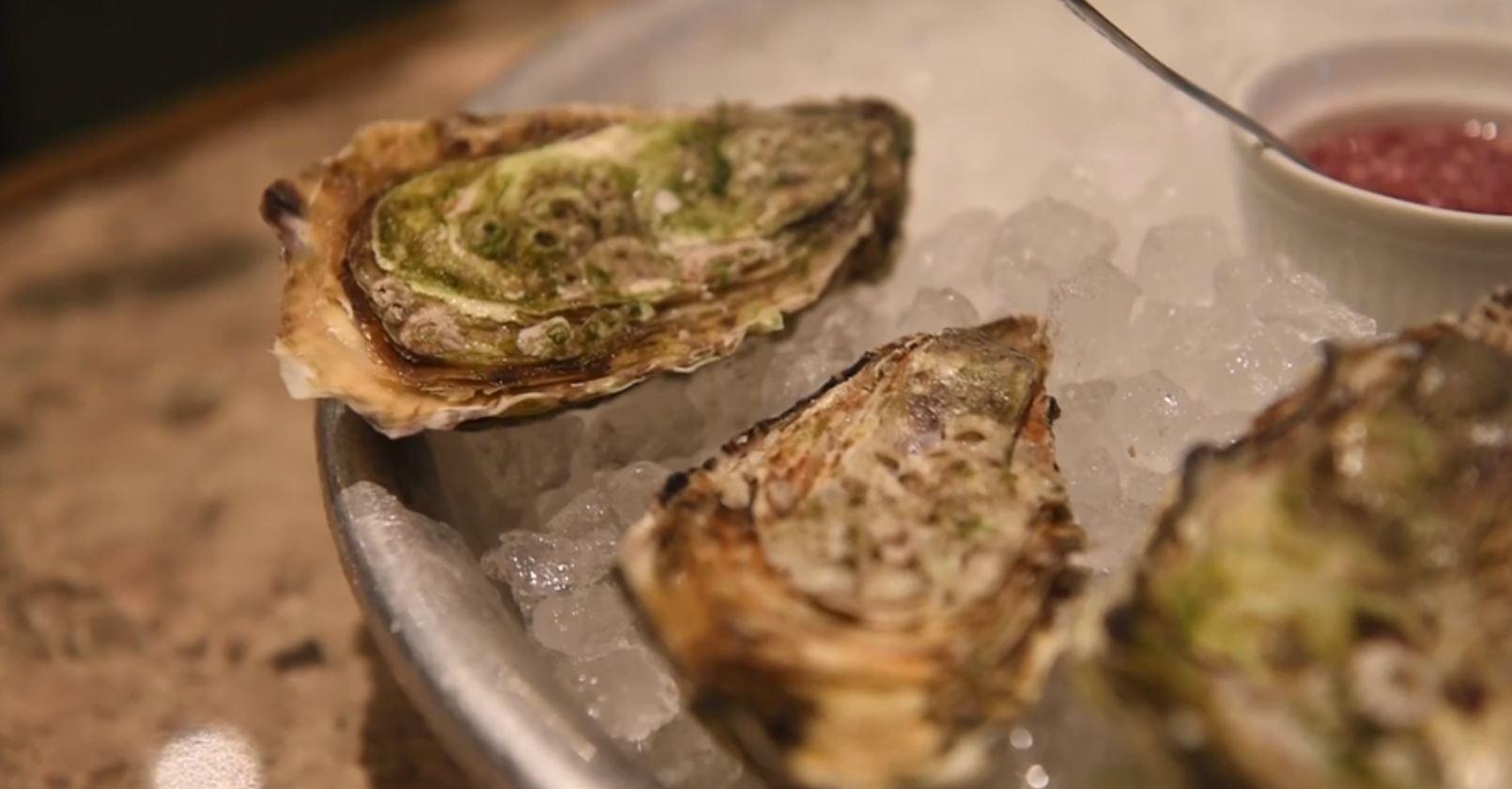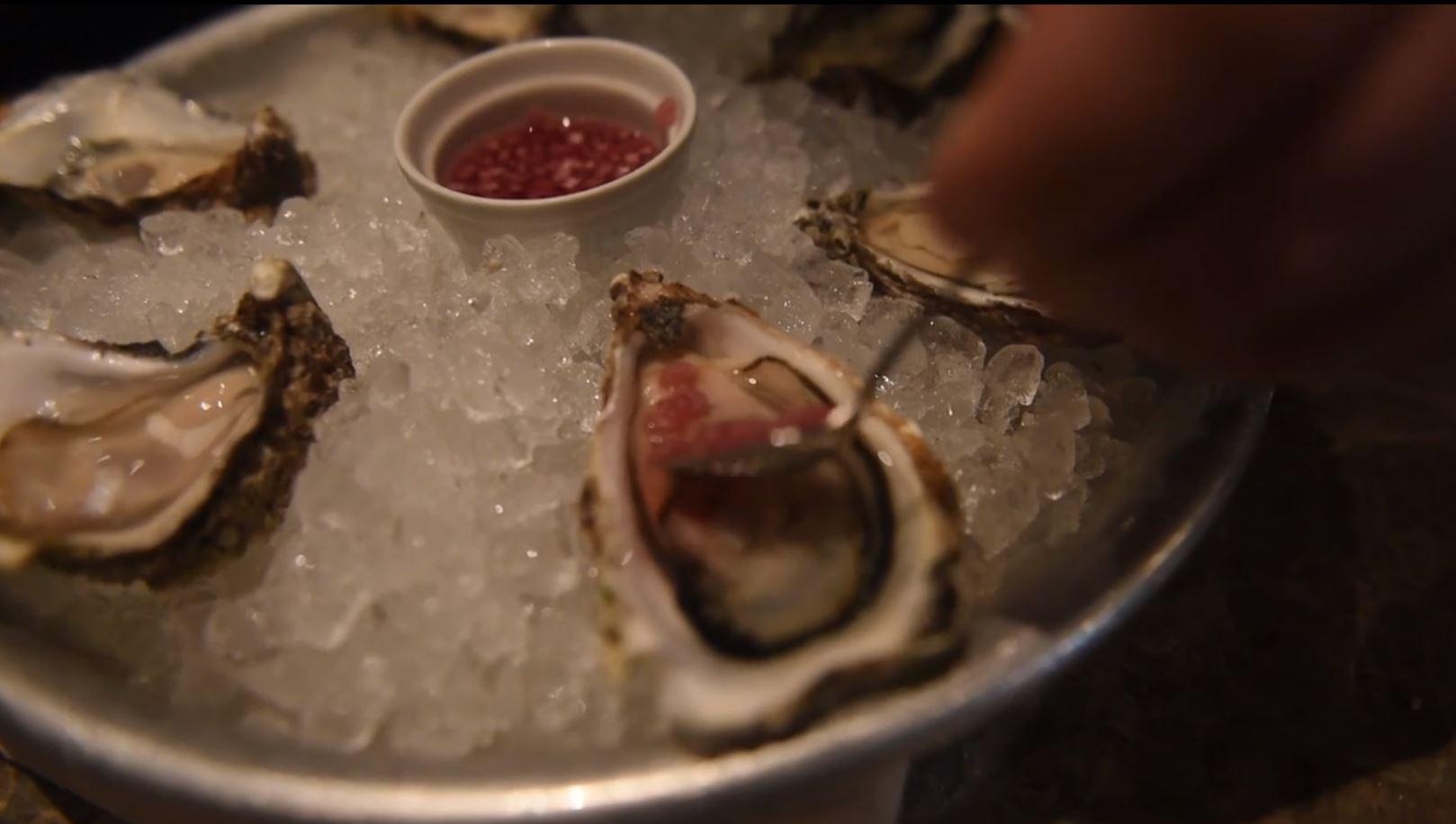How to eat oysters properly: 5 tips to becoming a connoisseur
Go easy on the hot sauce, and make sure you chew
Your support helps us to tell the story
From reproductive rights to climate change to Big Tech, The Independent is on the ground when the story is developing. Whether it's investigating the financials of Elon Musk's pro-Trump PAC or producing our latest documentary, 'The A Word', which shines a light on the American women fighting for reproductive rights, we know how important it is to parse out the facts from the messaging.
At such a critical moment in US history, we need reporters on the ground. Your donation allows us to keep sending journalists to speak to both sides of the story.
The Independent is trusted by Americans across the entire political spectrum. And unlike many other quality news outlets, we choose not to lock Americans out of our reporting and analysis with paywalls. We believe quality journalism should be available to everyone, paid for by those who can afford it.
Your support makes all the difference.If you douse your oyster in half a bottle of Tabasco before knocking it back in one, Simon Lamont will probably look at you with a mixture of sadness and disappointment.
The Dubliner is a seafood aficionado who runs masterclasses in how to properly eat and enjoy oysters, and it turns out most of us have probably been doing it wrong.
"You see people swallowing them in one, then saying a Hail Mary. But there's so much more you can get out of them."
The biggest faux-pas is not chewing the oyster: "It brings out the sweetness and brininess, and of course the umami. You'll miss out on a lot of that if you're swallowing them whole."

Another mistake is pouring out the juice - or the liquor - from the oyster: "The liquor gives you a great indication of what's to come. So take a sip, process the taste.
"Then more liquor will emerge, that's the second release. Take another sip."
Different oysters have different flavours and textures, and at a tasting session at the Wright Brothers restaurant in Soho, Simon guides us from the Carlingford oyster (a sweet meaty oyster from the Irish coast), through to the Lindisfarne (a seaweed munching little guy with the fresh taste of cucumber), and on to the Gillardeau (The 'Rolls-Royce' of oysters with a rich buttery texture.)
I discover that an oyster's origin has a big effect on the taste, and it seems quite obvious - river oysters feed from water that's run off fields and farmland, giving it an earthy minerality.
Those that are found out at sea, meanwhile, have less of that minerality, with a sharper, brinier taste.

Some of the tastiest oysters come from less-than-glamorous locations - Morecambe Bay may be a faded tourist resort, but the pristine shellfish water that laps its salt marshes make for delicious oysters.
And while some see oysters as a luxury food that should be served up with a glass of bubbles, Simon says he prefers a crisp coastal white wine, or a glass of stout, like Guinness. It's a pairing which goes back almost 200 years.
During a tasting session, Simon pairs six types of rock oysters with three types of Guinness - their Hop House lager, a rye pale ale, and some West Indies porter.
Meanwhile the "gold plate" of Gillardeau oysters and Helford Natives are served up with a pint of draught.
Simon is keen not to use the word "rules" when it comes to eating oysters, he's just passionate about getting more people to eat them.
"People can enjoy them any way they want. I just want to give people a few pointers on how they can get the most flavour and enjoyment out of their oysters."
And when it comes to toppings, keep it simple.
"A splash of vinegar, lemon juice or hot sauce can be great - but don't overload them with it. And whatever you do, don't mix them all together."
90-minute Oyster and Guinness masterclasses take place on Saturday 15, 22 and 29 at Wright Brothers Soho, and cost £40.

Join our commenting forum
Join thought-provoking conversations, follow other Independent readers and see their replies
Comments